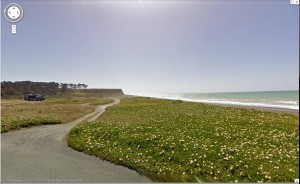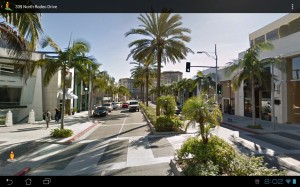Unlike other posts, it seems as if everyone had what they were looking for when playing on Google maps. This picture was definitely hard to find. The picture you see above is at Wakanui (waah-kah-new-ee) Beach, in the island of New Zealand. I spent about the whole night searching for whether I should use a beach picture, a waterfall image, or one of those sunset on the horizon. The reason why I chose this picture is because not everyone uses the random spots all over the world. You can be at any place, and at that given moment, realize that you’re standing in a spot to remember, and that spot will always be remembered. Now, Wakanui Beach is not some famous beach or anything. I chose this particular place to acknowledge something that Walter Benjamin had mentioned in, “The Work of Art in the Age of Mechanical Reproduction.” On page 4, he mentions that any photograph is “the unique phenomenon of a distance, however close it may be.” The horizon looks as if it was only right there besides the cliff, that’s the power of the 9-eyed camera. We are under the impression that once we look towards one way, we can’t turn back for the next view. Wrong. According to Walter Benjamin, “Even the most perfect reproduction of a work of art is lacking in one element: its presence in time and space, its unique existence at the place where it happens to be,” (3). It’s not just the way we look at the image, it’s the originality that comes out of it.
Wordpress
Pages
Tags
#computers #ElectronicLiterature #Hayles #news #redridinghood #remediation #StarWars #technology #Walter Benjamin @KyleChinn1 Aura Coleman Copyright Digital Divide DTC DTC101 DTC 101 dtcv DTCV101 Electronic Literature Facebook fact Fair Use internet Lev Manovich Locative Art Manifesto Manovich Matrix Media New Digital Media New Media openness Remix rushkoff Shy Boy social social media Star Wars The Matrix twitter Vannevar Bush wikipedia WorldCat Youtube


